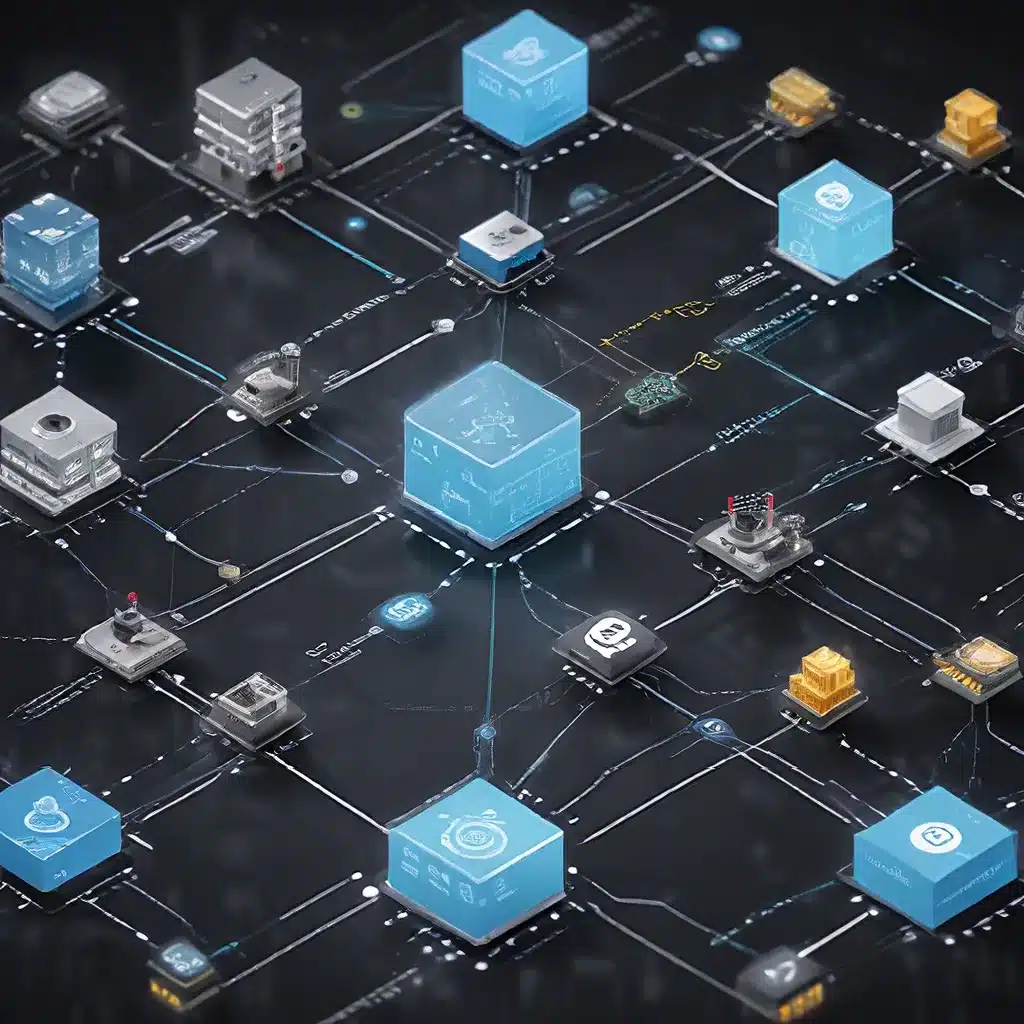
In the era of the Internet of Things (IoT), where a vast network of interconnected sensors collects and shares data across diverse applications, the challenge of maintaining sensor calibration and interoperability is paramount. Traditional centralized approaches to sensor calibration are often inefficient, time-consuming, and fail to accommodate the dynamic nature of IoT environments. To address these challenges, researchers have been exploring distributed sensor calibration algorithms that empower IoT ecosystems to self-organize, adapt, and remain resilient in the face of changing conditions.
Sensor networks are the backbone of the IoT, providing the critical data inputs that drive a wide range of applications, from smart cities and precision agriculture to environmental monitoring and industrial automation. However, as these networks grow in size and complexity, the task of ensuring accurate, reliable, and consistent sensor calibration becomes increasingly complex.
Limitations of Centralized Calibration Approaches
Traditionally, sensor calibration has been performed through centralized, top-down methods, where a central authority or service is responsible for managing the calibration process. This approach has several inherent limitations:
-
Scalability: In large-scale IoT deployments with thousands or millions of sensors, a centralized calibration system can quickly become overwhelmed, leading to delays, bottlenecks, and potential failures.
-
Flexibility: Centralized calibration systems often struggle to adapt to the dynamic nature of IoT environments, where sensors can be added, removed, or relocated, requiring frequent and labor-intensive recalibration efforts.
-
Resilience: A failure or disruption in the central calibration service can compromise the entire network, rendering sensor data unreliable and potentially causing cascading failures in the connected applications.
Distributed Sensor Calibration Algorithms
To overcome these limitations, researchers have been developing distributed sensor calibration algorithms that empower IoT devices to self-organize, collaborate, and maintain accurate calibration without relying on a central authority. These algorithms leverage the decentralized and self-organizing capabilities of IoT networks to create resilient and adaptive calibration mechanisms.
Self-Organizing Sensor Calibration
One of the key innovations in distributed sensor calibration is the ability for IoT devices to self-organize and collaborate to maintain accurate calibration. This is achieved through algorithms that enable sensors to:
- Detect and identify their neighbors within the network.
- Exchange calibration information and negotiate optimal calibration settings.
- Continuously monitor and adjust their own calibration based on the collective input from their peers.
By leveraging this peer-to-peer interaction, sensors can dynamically adapt to changes in their environment, such as sensor additions, removals, or relocations, without the need for centralized coordination.
Resilient Calibration Mechanisms
Distributed sensor calibration algorithms also incorporate resilience mechanisms to ensure that the network can maintain accurate calibration even in the face of sensor failures, network disruptions, or other unexpected events. These mechanisms may include:
- Redundancy: Sensors can maintain multiple calibration reference points within the network, allowing them to cross-reference and validate their calibration settings.
- Consensus-based algorithms: Sensors can use consensus-based approaches to collectively agree on the optimal calibration settings, reducing the impact of individual sensor failures or errors.
- Adaptive recalibration: Sensors can continuously monitor their own calibration and initiate recalibration processes when necessary, without waiting for a central command.
Applications and Benefits
The adoption of distributed sensor calibration algorithms in IoT ecosystems can bring about numerous benefits, including:
-
Improved scalability: By distributing the calibration workload across the network, IoT systems can accommodate large-scale deployments without performance degradation.
-
Enhanced flexibility: Sensors can adapt to changes in their environment, enabling IoT systems to remain resilient and responsive to evolving needs.
-
Increased reliability: Redundant calibration mechanisms and consensus-based decision-making can help ensure the integrity and consistency of sensor data, even in the face of individual sensor failures or network disruptions.
-
Reduced maintenance costs: Automated self-calibration processes can minimize the need for manual interventions, streamlining the overall maintenance and operations of IoT systems.
These advances in distributed sensor calibration algorithms are paving the way for the development of self-organizing and resilient IoT ecosystems that can adapt to changing conditions, scale efficiently, and provide reliable, high-quality data to drive innovative applications and services.
The Road Ahead
As the IoT landscape continues to evolve, the importance of distributed sensor calibration algorithms will only grow. Researchers and IoT practitioners are actively exploring new frontiers in this field, including:
- Integrating machine learning: Incorporating machine learning techniques to enhance the adaptive and predictive capabilities of distributed calibration algorithms.
- Exploring blockchain-based approaches: Leveraging blockchain technology to create decentralized and tamper-resistant calibration records and data provenance.
- Advancing energy-efficient designs: Developing energy-efficient calibration algorithms to support the deployment of low-power IoT devices and battery-operated sensor networks.
- Ensuring data security and privacy: Addressing the security and privacy challenges inherent in distributed sensor calibration to protect sensitive data and prevent unauthorized access or tampering.
As the Internet of Things continues to evolve and expand, the need for robust, scalable, and resilient sensor calibration solutions will only become more crucial. The advancements in distributed sensor calibration algorithms represent a significant step forward in enabling the self-organizing and adaptive IoT ecosystems of the future.